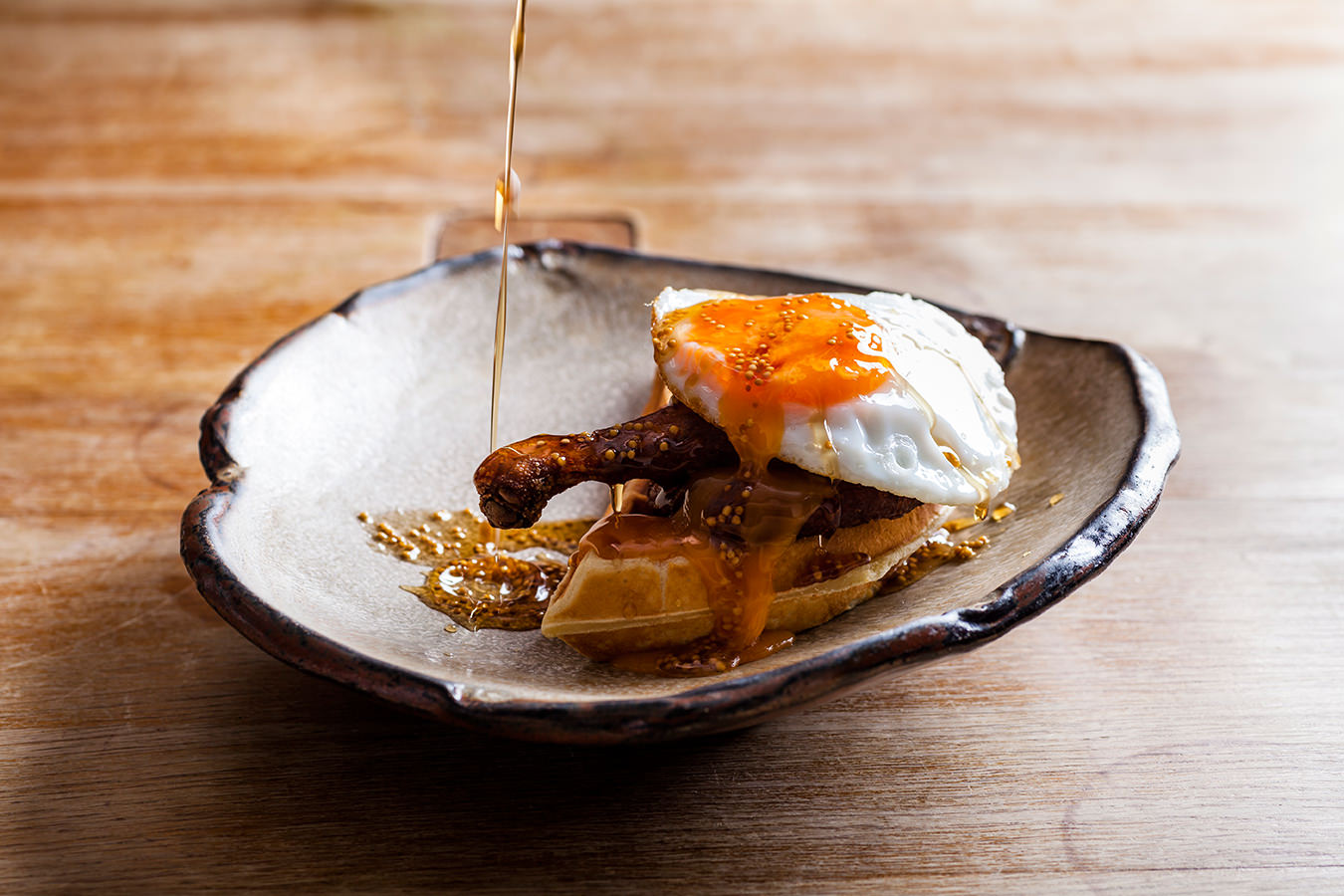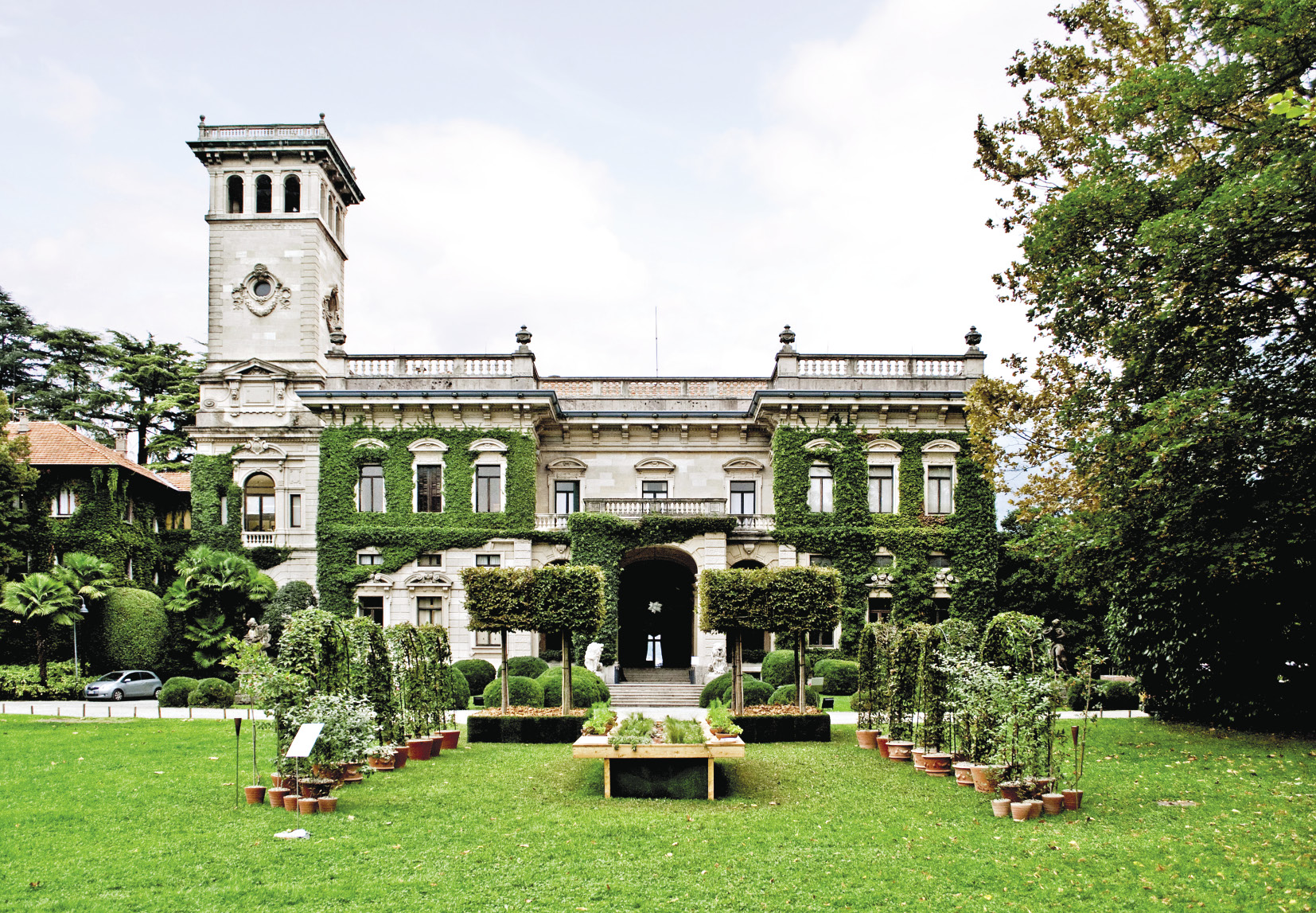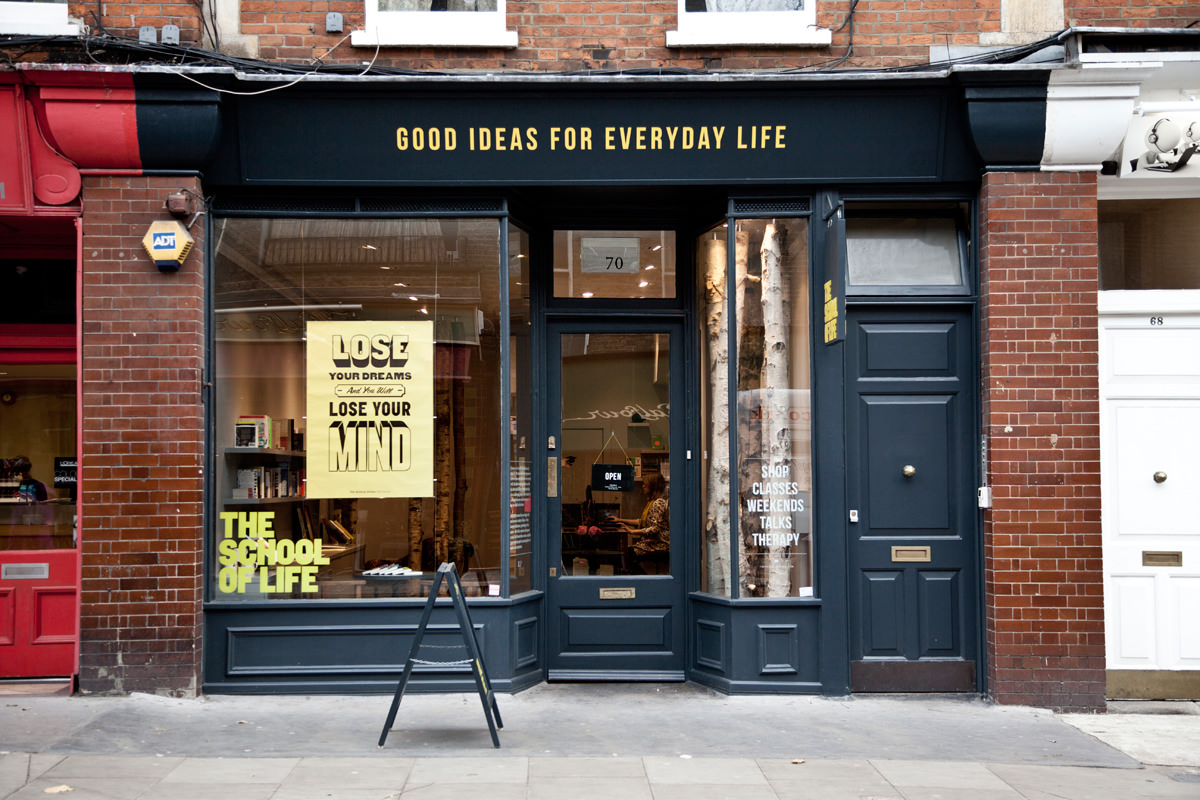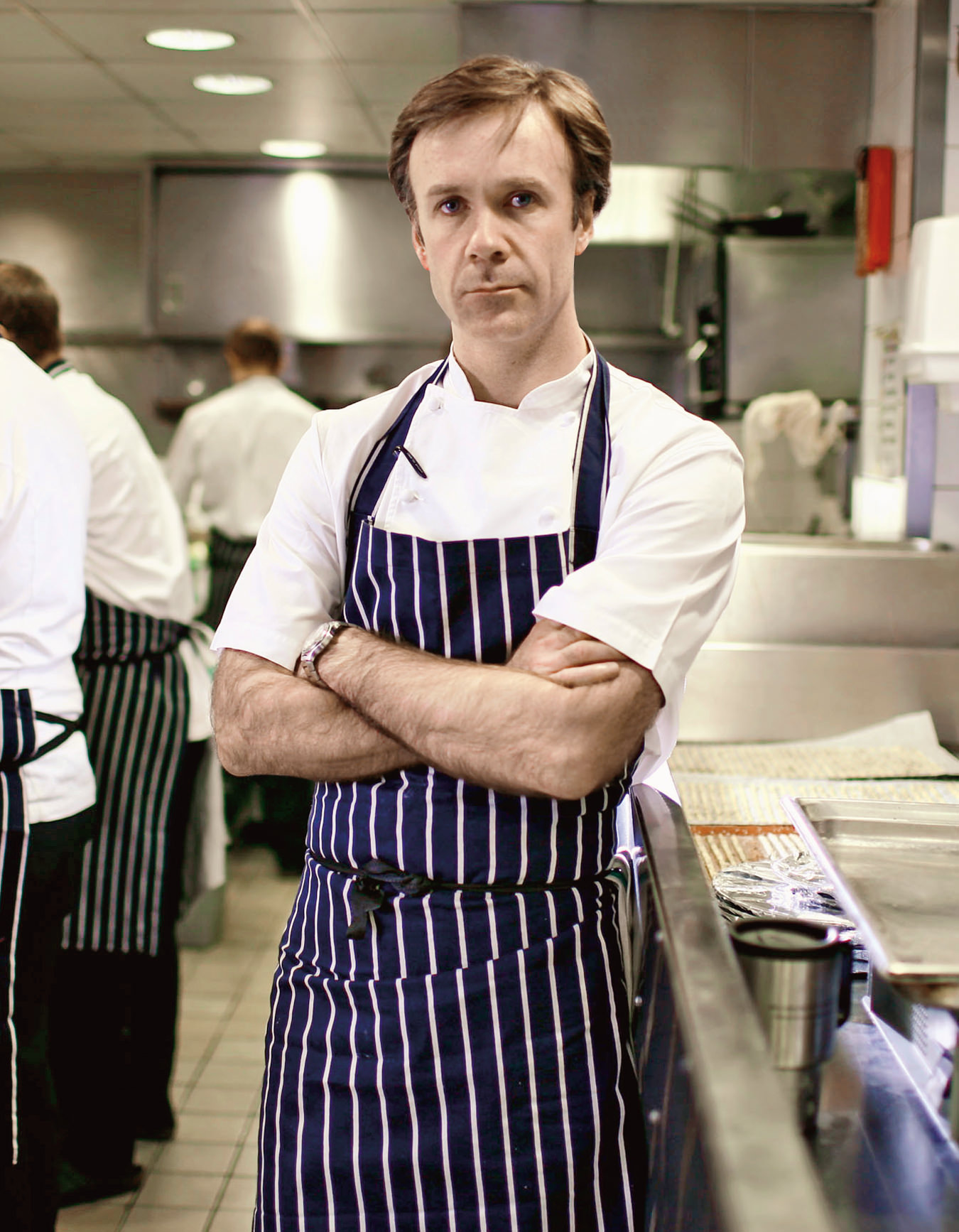-
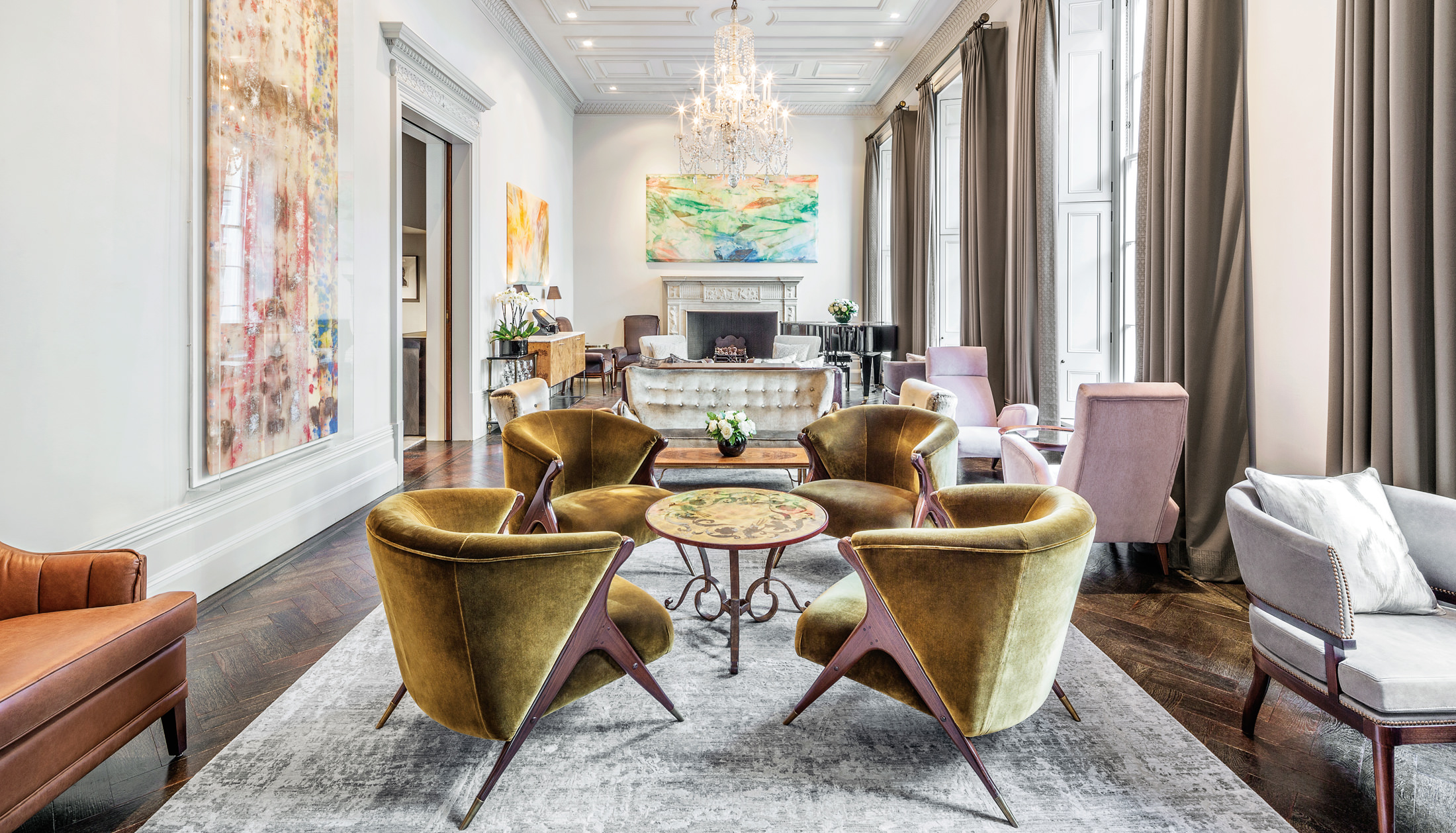
London’s private clubs have been transformed for a new era. The Arts Club, pictured here, was founded by Charles Dickens and other luminaries in 1863.
-
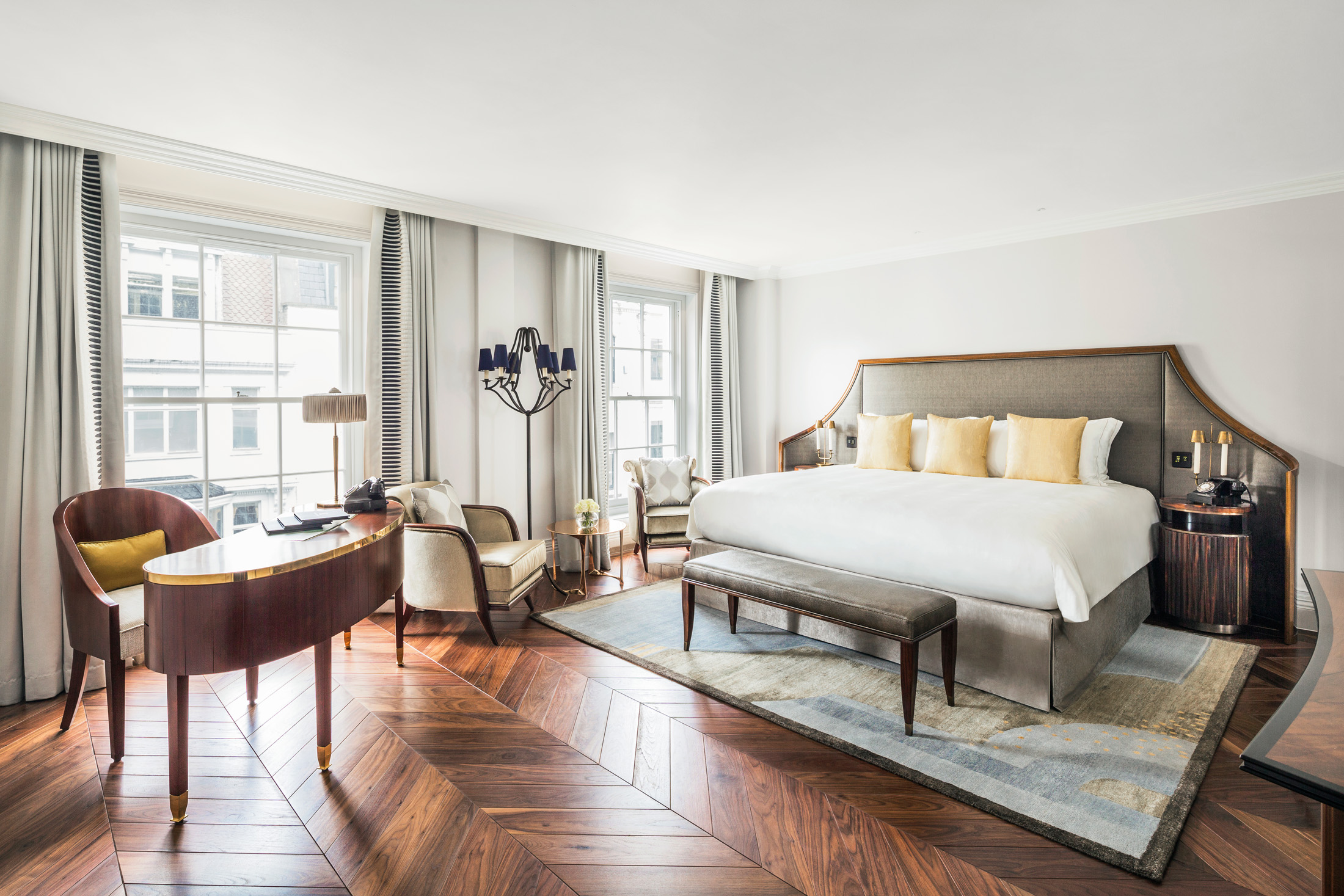
Recently, the club debuted guest rooms with butler service for overnight stays.
-
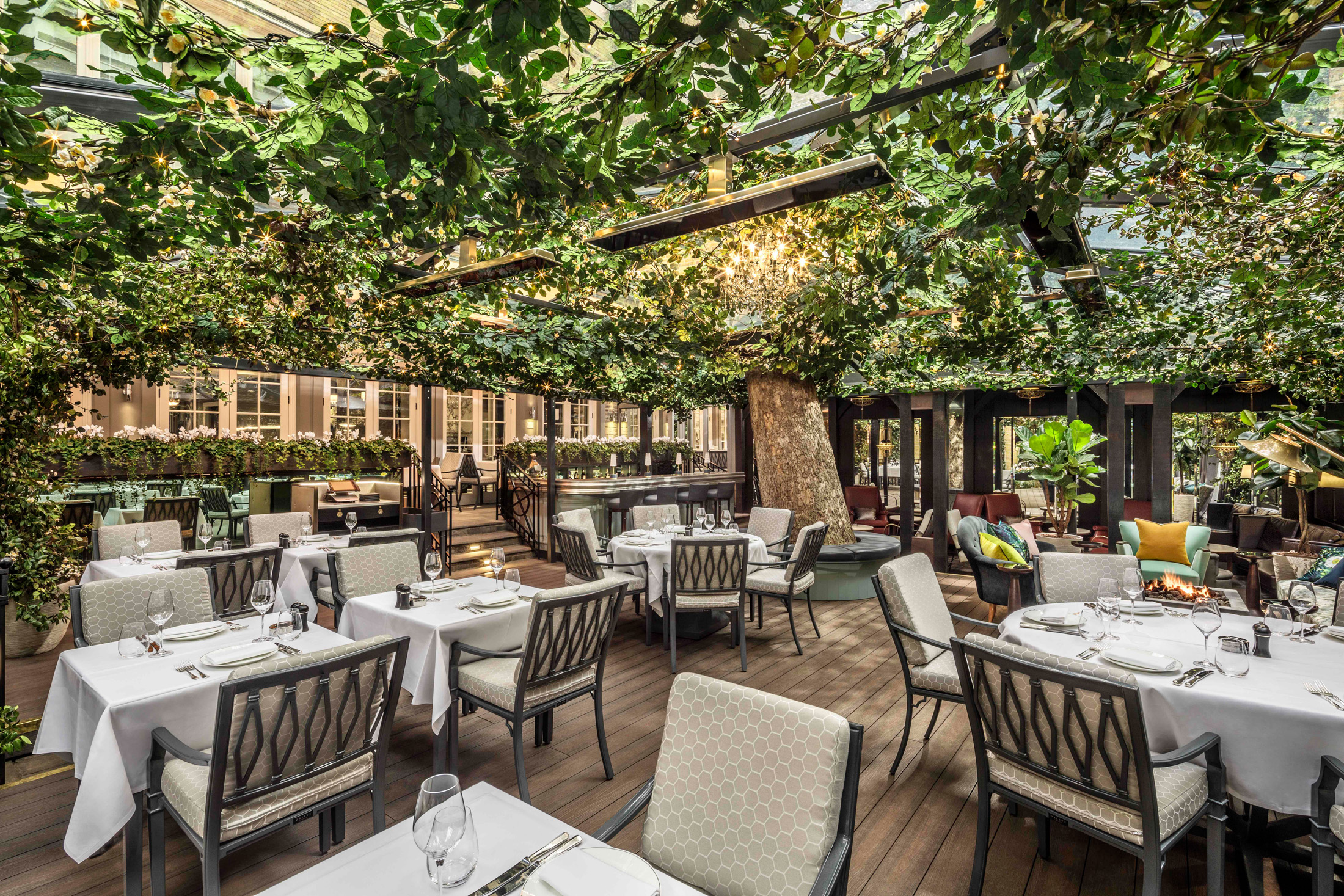
The Arts Club is a modern cultural haven.
-
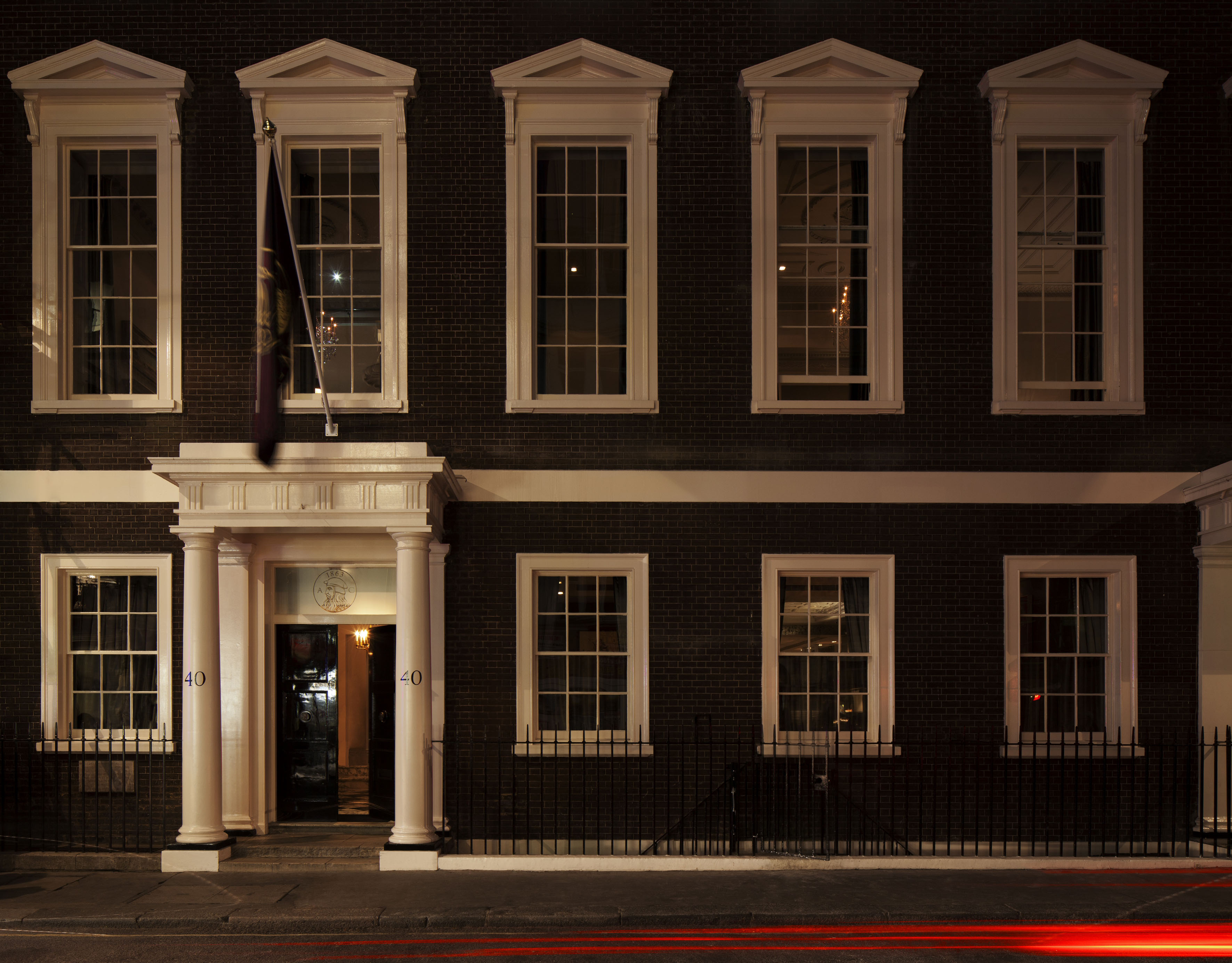
The exterior of the Arts Club on Dover Street.
-

Annabel reopened in a neighbouring location this spring.
-

In addition to a basement nightclub, the new Annabel’s has four restaurants and a cigar salon.
-
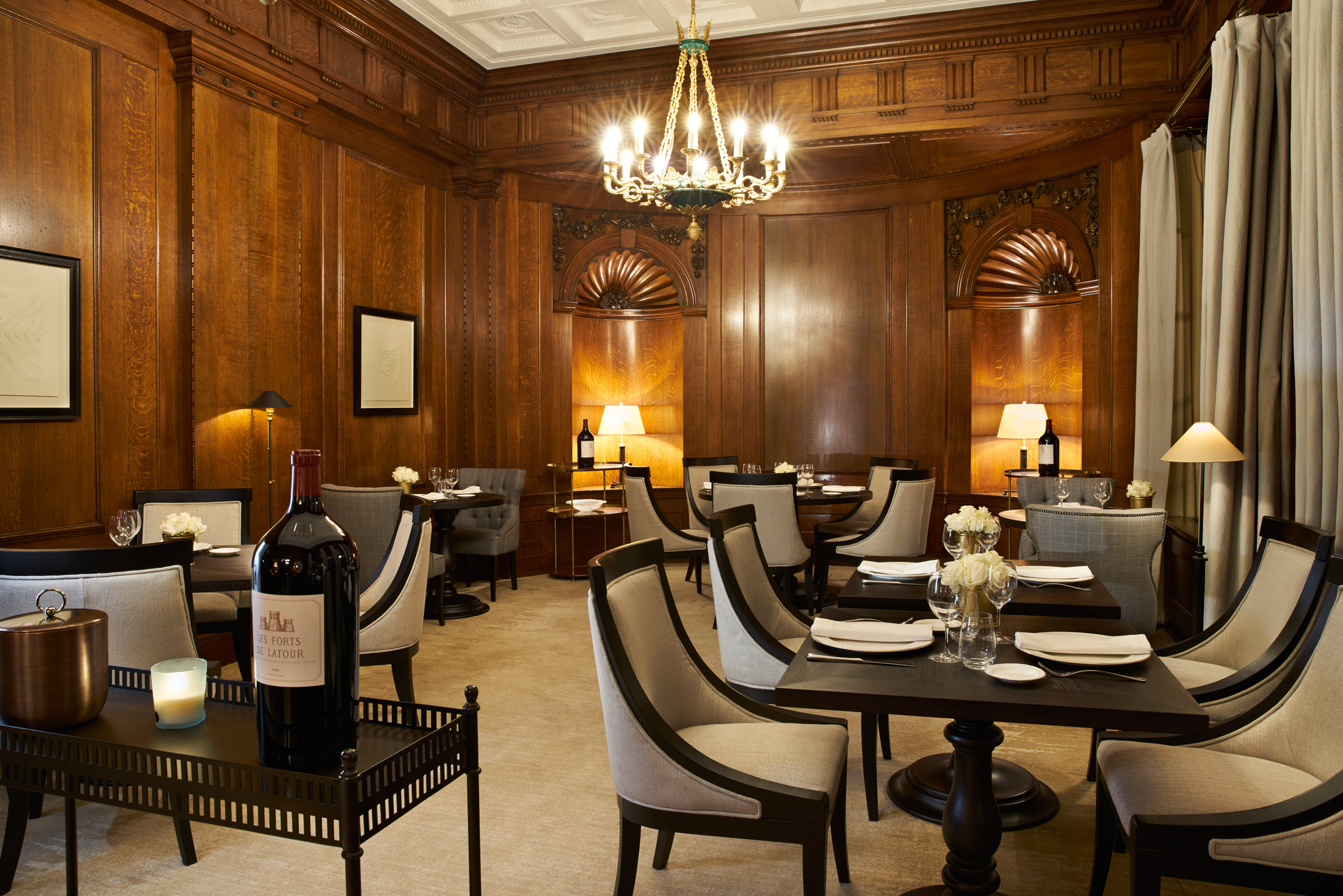
One of the city’s newest clubs is in the new Ten Trinity Square Private Club.
-
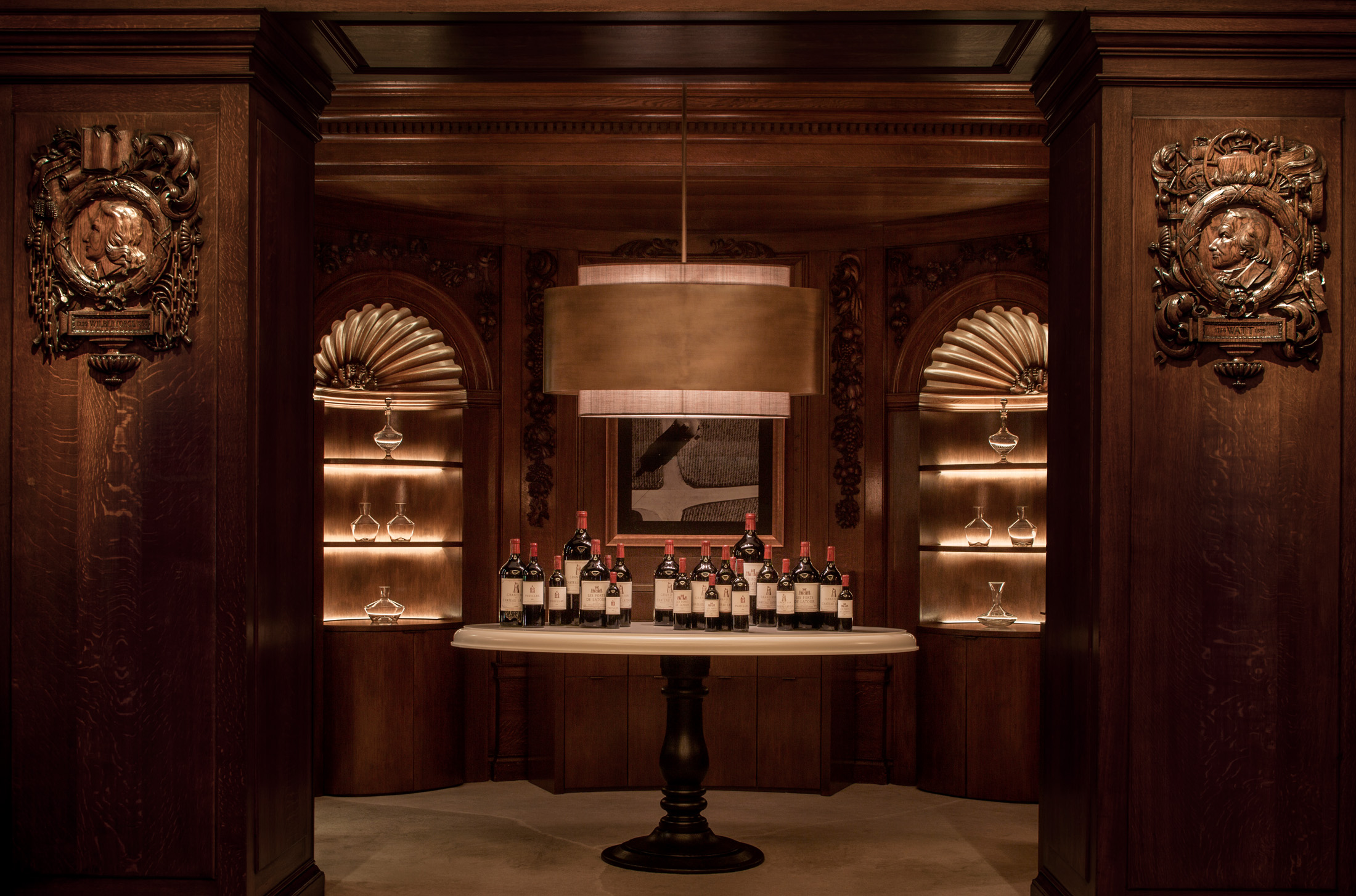
The walnut- and oak-panelled decor provides a rich historical ambiance.
-
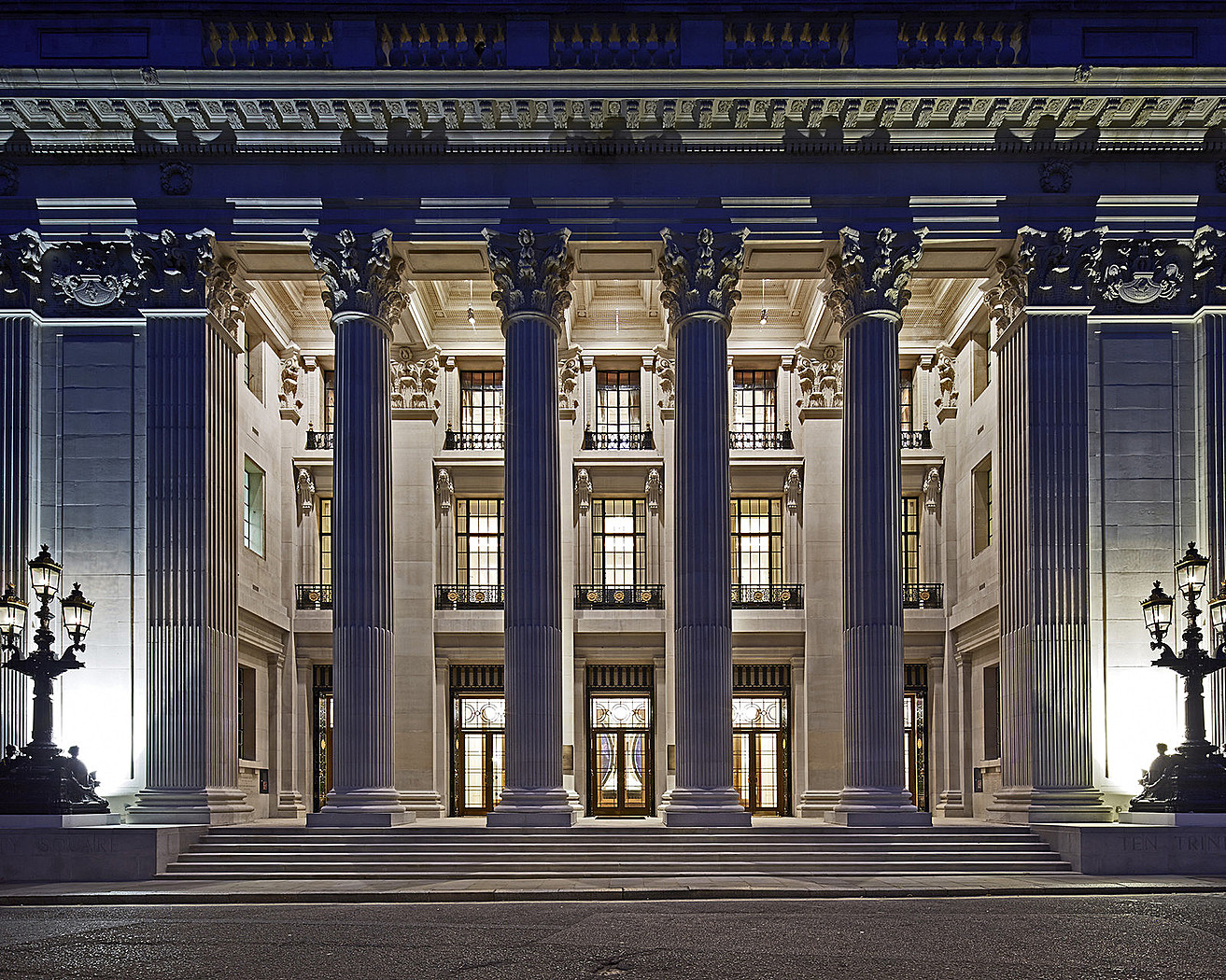
The Ten Trinity Sqaure Private Club is housed in the landmark former Port of London Authority building.
The Evolution of London’s Private Clubs
Privileged few.
Stodgy all-male bastions where members could escape their wives to discuss politics and other worldly matters over brandy and cigars, posh gentlemen’s clubs originated in London, where membership exploded in the 19th century. Today, these clubs have been transformed for a new era, catering to status-hungry, newly minted millionaires and affluent millennials looking to hobnob with other up-and-coming elites.
A few old-world gentlemen’s clubs endure, steeped in the centuries-old legacies of prestigious alums and clinging to a change-averse ethos: Heaven forbid you should reupholster an armchair that Winston Churchill once sat in! By contrast, the Arts Club—founded by Charles Dickens and other luminaries in 1863 for aficionados of the arts, literature, and the sciences—has kept in step with the times to become a modern cultural haven. Recently, the club debuted guest rooms with butler service for overnight stays. Beyond all the au courant amenities, the Arts Club preserves its original mission with a roster of art exhibitions, concerts, and expert guest lectures.
One reflection of how club mores are changing is the updated dress codes. At the Arts, you are encouraged to dress “smart”, and that can mean well-kept blue jeans and fashionable sneakers. Flip-flops and baseball caps are shunned, yet wearing a trilby or fedora is heartily encouraged, except, of course, in the dining room.
As new wealth expands and millennials increasingly dominate the cultural zeitgeist, private clubs are evolving to appeal to their interests.
Surprisingly, given its hedonistic reputation, Annabel’s frowns upon members wearing leather or suede; it reopened in a neighbouring location this spring. In addition to a basement nightclub, the new Annabel’s caters to pleasure seekers day and night with four restaurants and a cigar salon. Since it opened in 1963, Annabel’s has seen other London social clubs come and go, and attributes its staying power to its “energy, mix of people, buzz, and exclusivity,” according to Astrid Harbord, the membership manager. During those decades, the city has undergone a renaissance, becoming a magnet for burgeoning global wealth.
As new wealth expands and millennials increasingly dominate the cultural zeitgeist, private clubs are evolving to appeal to their interests, which extend well beyond alma maters, professional affiliations, and a penchant for fine dining. Fitness enthusiasts, for example, may aspire to join the South Kensington Club, where amenities are enhanced by a top-notch fitness centre featuring classes ranging from boxing to hot yoga. After a workout, you can retreat to the bathhouse, which includes a saltwater Watsu pool, a Russian-style banya, and a hammam. Meanwhile, the Voyager Club tends to mind and spirit with bucket list expeditions, motivational speakers, and workshops.
One of the city’s newest clubs is in the new Four Seasons at Ten Trinity Square, in the landmark former Port of London Authority building. The Ten Trinity Square Private Club was forged by a partnership with the Reignwood Group and Château Latour. Michelin-starred French chef Anne-Sophie Pic, who headlines La Dame de Pic London, the hotel’s gastronomic restaurant, also oversees the club’s culinary side. The walnut- and oak-panelled decor provides a rich historical ambiance where it’s easy to envision Churchill sipping his favourite claret in a new burgundy leather club chair.
_________
Never miss a story. Sign up for NUVO’s weekly newsletter, here.





